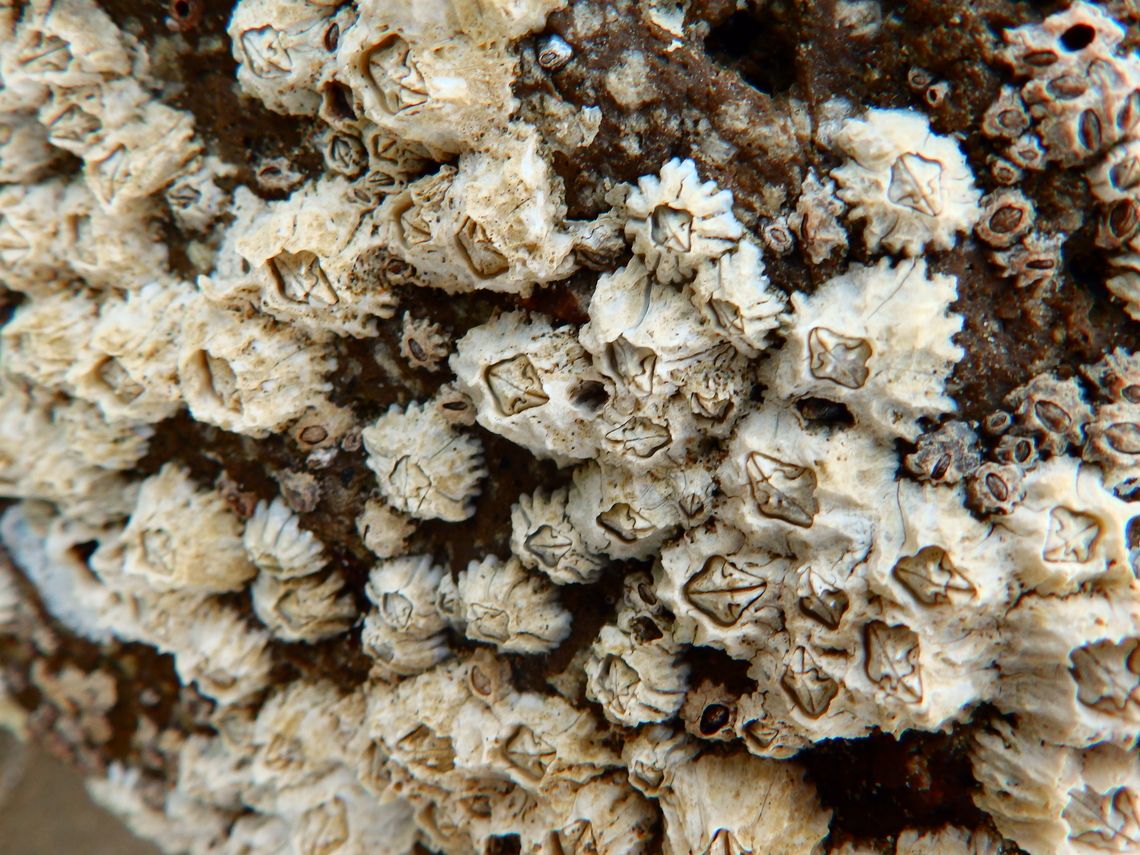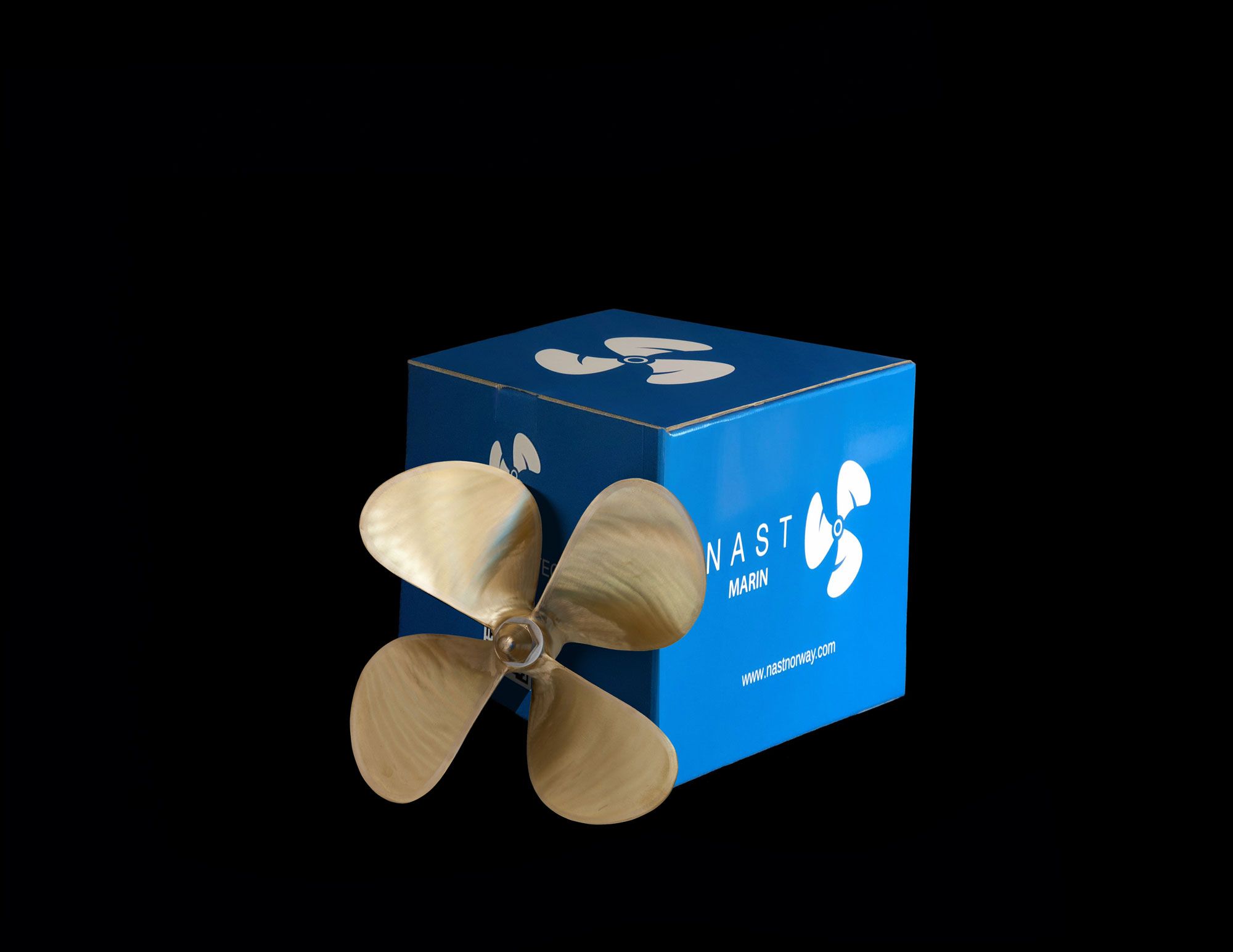Generally about fouling on metal-based applications in marine environments
To a significant extent, research within the development of chemistry and process to limit microbial fouling for vessel-related areas of use, partly to limit maintenance, partly to reduce fuel consumption.
NAST® limits its development work to only dealing with metal-based applications for recreational vessels as well as smaller commercial vessels including propellers / propeller shafts as well as other detail units in metal qualities.
With high-quality expertise in metallurgy and prepared process facilities, our development work is concentrated around the process engineering steps that contribute to minimized surface roughness as well as how the surface achieves hydrophobicity, reduced friction factor and increased hardness with the help of high-quality nanotechnology.


The aforementioned three factors counteract cavitation erosion and reduce fouling growth for certain species of marine organisms.
Marine fouling refers to the phenomenon where objects, such as propellers and other functional components below the waterline, are covered by biological organisms. Marine micro-organisms make up a diversity of variations and complexities, where their own species form fouling growth on substrate surfaces.
Of these species, the Barnacle (RUR) stands out with distinctive and unique properties for adhesion under water .The unique adhesive properties of the organism containing cement proteins as well as other nano-structured fibers that increase the adhesion area on the substrate surface as the total area in the microstructure appears as the adhesion surface.
Due to its considerable adhesion and size, tube fouling appears with a strong influence on propeller cavitation.
NAST® has chosen to concentrate on fouling issues to mainly deal with propellers which, due to functional conditions, are exposed to cavitation damage due to fouling.
Nast® is therefore not concerned with Chemical production of surface coatings with antifouling properties that establish a "sandwich structure" on the base substrate and which is largely based on a "do it yourself" process. Our chemistry deals with high-quality development of Nanotechnology, which involves the manipulation of materials on a nanometer scale for to improve and achieve new properties of the base substrate by changing the ratio between area and volume.
Our point of view is that the metal itself has basic properties and, with the help of advanced chemical/technical technology, can be further optimized to significantly reduce unwanted surface wear as well as the growth of marine micro and macro organisms.

NAST® takes care of environmental considerations in every process. In this way, this is a very important consideration that is taken care of when it comes to marine applications.
Our high-quality polymer-based nanochemistry appears non-toxic and biocompatible and thus appears without harmful effects in marine environments. NAST® defines the optimal supply of nanochemistry for metal substrates based on quality and alloy values as well as the optimal degree of polishing.
Normally, the added nanochemistry will be 85-95 nanometers (nm) = 0.085-0.095 μm In comparison, a paint-applied anti-fouling coating will have a two-component base where the base coating (primer) will be +/- 15 μm and the top coat +/- 60 μm. In this comparison, reduction of volume indicates significant values.
Our claim is that metals with the help of advanced processing techniques can be optimized and further added with the help of advanced chemical/technical technology can be further optimized to significantly reduce unwanted surface wear as well as the growth of marine micro and macro organisms.
In general, pre-treatment and final treatment constitute a three-step process
Polishing process
The process takes care of automatic handling and takes place in timed advanced polishing chambers.
The value of the substrate and the level of wear that has occurred are determined with a 3D scanner, which provides an answer to the polishing medium and polishing time.
NAST® possesses high-quality expertise in surface polishing where optimality in the end result must appear and thus we always have a distinctive polishing medium often consisting of zirconium elements in micron or nanoscale sizes to be able to achieve the greatest possible degree of fineness in surface structures.
Propellers have, to varying degrees, been exposed to significant cavitation erosion and thus wound depths can be significant. It is often not possible to make such wound damage invisible, but with the help of nano-sized zirconium, the wound edges and wound base will be polished to match the rest of the area and thus be active for the next step in the process.
Activation of metal substrates
Pretreatment of substrates in process deals with an advanced degree of processing to achieve optimal bonding between substrates and the chemistry used as surface technical improvements.
The theme represents high-quality research and development where NAST® owns processing facilities for semi-finished products as well as finished products.
For finished products, this process is usually carried out in a vacuum where the components' substrate values are maximally activated and nanotechnical molecular bonds are applied in the desired degree of thickness.
Final processing
Final treatment is comprised of curing processes that carry out partly convection, IR or UV depending on the substrate values and prescribed result and the temperatures and time factors that are the basis for optimal bonding between substrate and nanochemistry.
Processing time
Processes can seem extensive and time-consuming.
However, NAST® represents facilitated automation which thus minimizes manual operations and shortens the process time.
In general, the processing time is defined based on the nature of the product and mainly the level of wear and tear that applies to used product units.
Normal time for full-fledged processing of such unit units amounts to 220-250 minutes.
To a significant extent, we are learning that new product units also want NAST ® surface technology added, be it requests from manufacturers or brand retailers.
In such cases, time consumption in the polishing process is considerably reduced as a result of several propeller units consisting of the corresponding alloy being added to our factory for parallel processing from the manufacturer or dealer.



